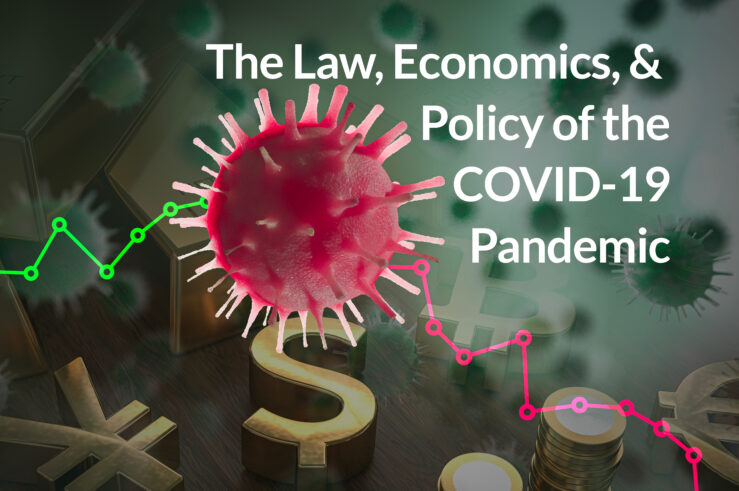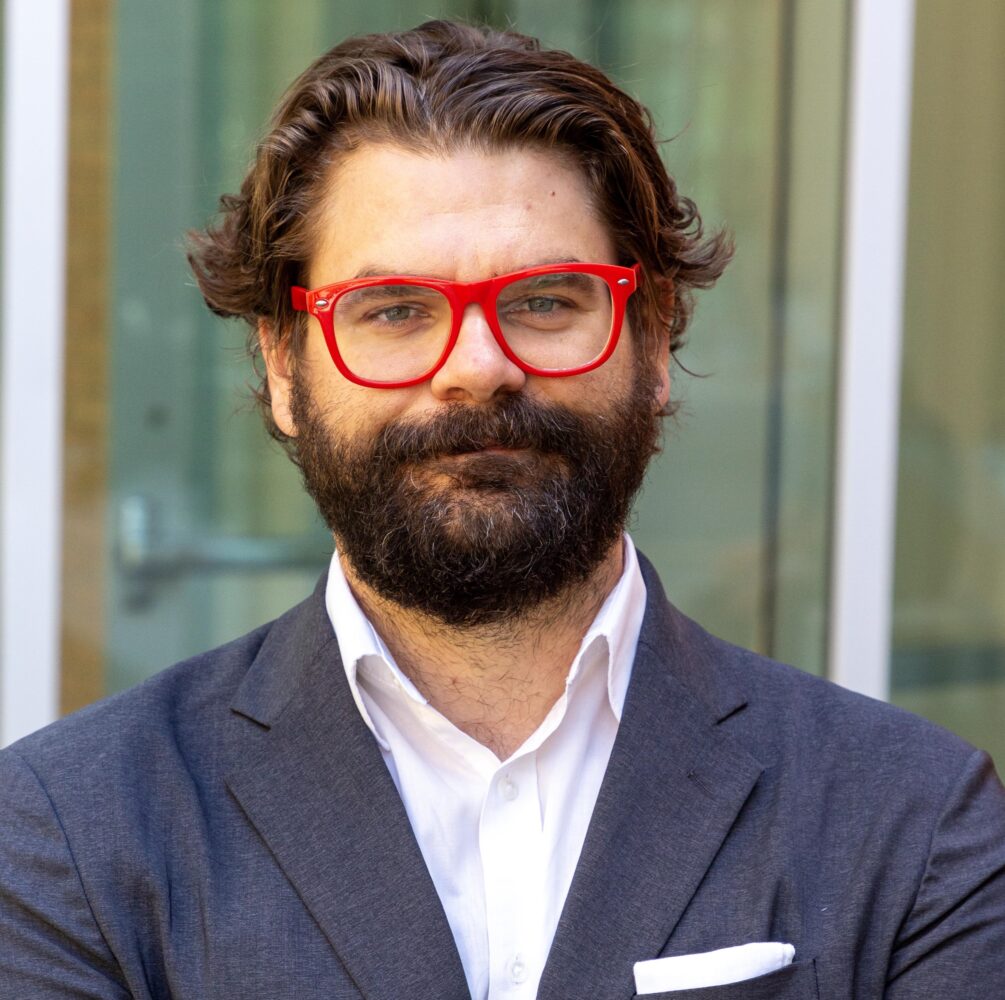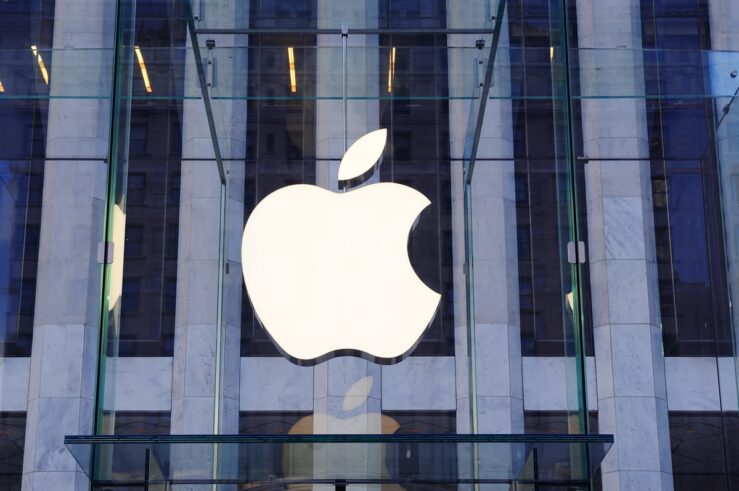
This article is a part of the The Law, Economics, and Policy of the COVID-19 Pandemic symposium.

Nellie Bowles, a longtime critic of tech, recently had a change of heart about tech, which she relayed in the New York Times:
Before the coronavirus, there was something I used to worry about. It was called screen time. Perhaps you remember it.
I thought about it. I wrote about it. A lot. I would try different digital detoxes as if they were fad diets, each working for a week or two before I’d be back on that smooth glowing glass.
Now I have thrown off the shackles of screen-time guilt. My television is on. My computer is open. My phone is unlocked, glittering. I want to be covered in screens. If I had a virtual reality headset nearby, I would strap it on.
Bowles isn’t alone. The Washington Post recently documented how social distancing has caused people to “rethink of one of the great villains of modern technology: screens.” Matthew Yglesias of Vox has been critical of tech in the past as well, but recently admitted that these tools are “making our lives much better.” Cal Newport might have called for Twitter to be shut down, but now thinks the service can be useful. These anecdotes speak to a larger trend. According to one national poll, some 88 percent of Americans now have a better appreciation for technology since this pandemic has forced them to rely upon it.
Before COVID-19, catchy headlines like “Heavy Social Media Use Linked With Mental Health Issues In Teens” and “Have Smartphones Destroyed a Generation?” were met with nods and approvals. These concerns found backing in legislation like Senator Josh Hawley’s “Social Media Addiction Reduction Technology Act” or SMART Act. The opening lines of the SMART Act make it clear the legislation would “prohibit social media companies from using practices that exploit human psychology or brain physiology to substantially impede freedom of choice, [and] to require social media companies to take measures to mitigate the risks of internet addiction and psychological exploitation.”
Most psychologists steer clear of using the term addiction because it means a person engages in hazardous use, shows tolerance, and neglects social roles. Because social media, gaming, and cell phone use don’t meet this threshold, the profession tends to describe those who experience negative impacts as engaging in problematic use of the tech, which is only applied to a small minority. According to one estimate, for example, only half of a percent of gamers have patterns of problematic use.
Even though tech use doesn’t meet the criteria for addiction, the term addiction finds purchase in policy discussions and media outlets because it suggests a healthier norm. Computer games have prosocial benefits, yet it is common to hear that the activity is no match for going outside to play. The same kind of argument exists with social media and phone use; face-to-face communication is preferred to tech-enabled communication.
But the coronavirus has inverted the normal conditions. Social distancing doesn’t allow us to connect in person or play outside with friends. Faced with no other alternative, technology has been embraced. Videoconferencing is up, as is social media use. This new norm has brought with it a needed rethink of critiques of tech. Even before this moment, however, the research on tech effects has had its problems.
To begin, even though it has been researched extensively, screen time and social media use aren’t shown to clearly cause harm. Earlier this year, psychologists Candice Odgers and Michaeline Jensen conducted a massive literature review and summarized the research as “a mix of often conflicting small positive, negative and null associations.” The researchers also point out that studies finding a negative relationship between well-being and tech use tend to be correlational, not causational, and thus are “unlikely to be of clinical or practical significance” to parents or therapists.
Through no fault of their own, researchers tend to focus a limited number of relationships when it comes to tech use. But professors Amy Orben and Andrew Przybylski were able to sidestep these problems by getting computers to test every theoretically defensible hypothesis. In a writeup appropriately titled “Beyond Cherry-Picking,” the duo explained why this method is important to policy makers:
Although statistical significance is often used as an indicator that findings are practically significant, the paper moves beyond this surrogate to put its findings in a real-world context. In one dataset, for example, the negative effect of wearing glasses on adolescent well-being is significantly higher than that of social media use. Yet policymakers are currently not contemplating pumping billions into interventions that aim to decrease the use of glasses.
Their academic paper throws cold water on the screen time and tech use debate. Since social media explains only 0.4% of the variation in well-being, much greater welfare gains can be made by concentrating on other policy issues. For example, regularly eating breakfast, getting enough sleep, and avoiding marijuana use play much larger roles in the well-being of adolescents. Social media is only a tiny portion of what determines well-being as the chart below helps to illustrate.
Second, most social media research relies on self-reporting methods, which are systematically biased and often unreliable. Communication professor Michael Scharkow, for example, compared self-reports of Internet use with the computer log files, which show everything that a computer has done and when, and found that “survey data are only moderately correlated with log file data.” A quartet of psychology professors in the UK discovered that self-reported smartphone use and social media addiction scales face similar problems in that they don’t correctly capture reality. Patrick Markey, Professor and Director of the IR Laboratory at Villanova University, summarized the work, “the fear of smartphones and social media was built on a castle made of sand.”
Expert bodies have also been changing their tune as well. The American Academy of Pediatrics took a hardline stance for years, preaching digital abstinence. But the organization has since backpedaled and now says that screens are fine in moderation. The organization now suggests that parents and children should work together to create boundaries.
Once this pandemic is behind us, policymakers and experts should reconsider the screen time debate. We need to move from loaded terms like addiction and embrace a more realistic model of the world. The truth is that everyone’s relationship with technology is complicated. Instead of paternalistic legislation, leaders should place the onus on parents and individuals to figure out what is right for them.




